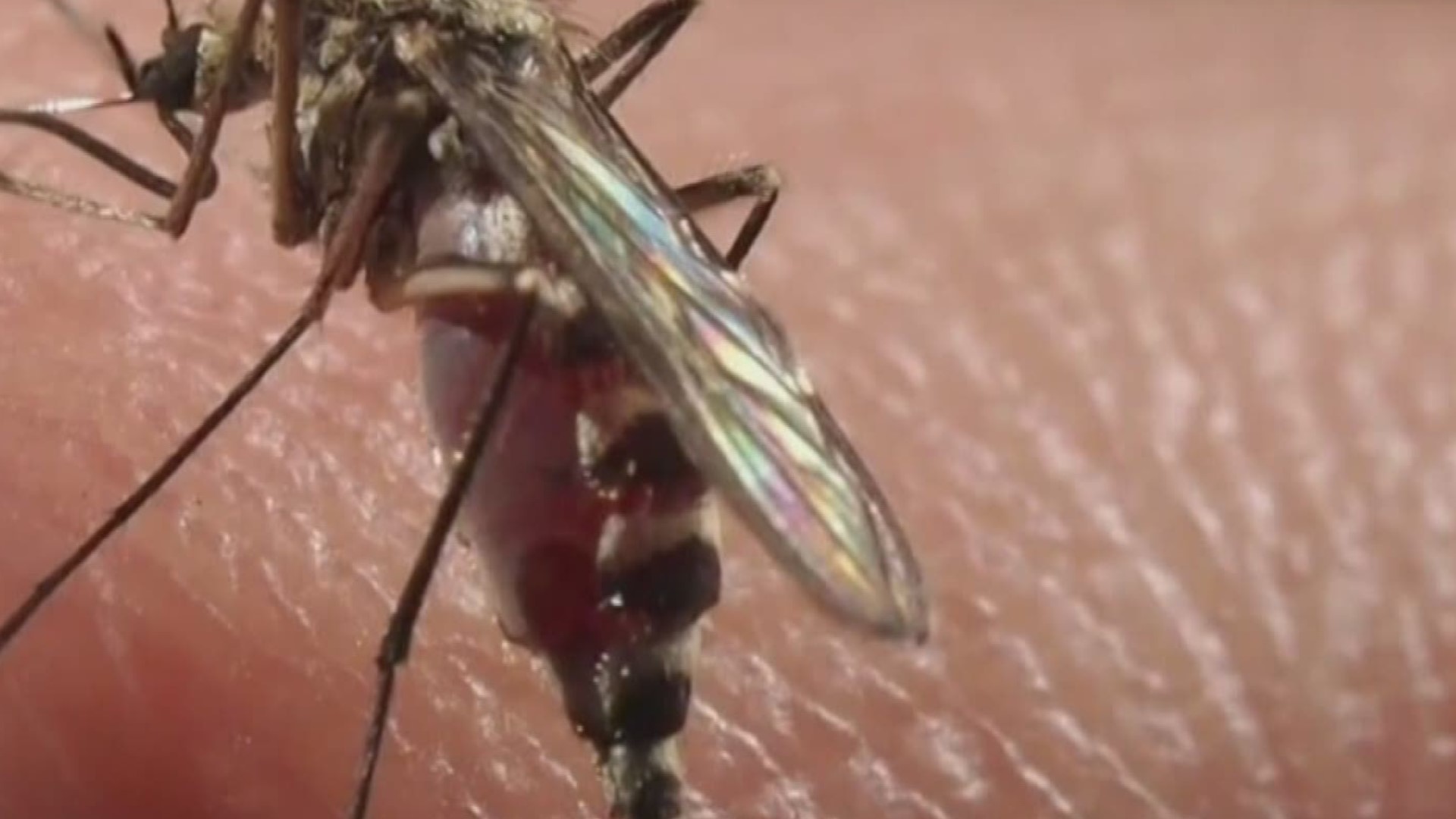KENT COUNTY, Mich. — Easter Equine Encephalitis (EEE) has recently been detected in southwest areas of Michigan. Found primarily in swamps and bogs, the Center for Disease Control lists EEE as one of the most dangerous mosquito-borne diseases in the United States.
To date, there are three confirmed human cases in the state, two in Kalamazoo County and one in Berrien County. One of the people from Kalamazoo County died from the disease.
The virus is active in horses. While there have been no reported human cases in areas like Kent County, six horses have died from EEE in West Michigan.
There is no vaccine for humans and anyone can be infected. Kent County Health Department Epidemiologist Brian Hartl said children and people over the age of 60 are most at risk for developing serious symptoms.
"They’re immune systems aren’t healthy enough to fight off the infection," he explained.
Symptoms of EEE can present like the flu: fever, muscle pain, tiredness, joint pain, etc. However, as the illness develops, brain swelling can occur.
"The problem is when you get to the encephalitis swelling of your brain so when it gets to that point it gets very dangerous. If they don’t get medical treatment they can die, and a third of the people who are infected and get to that point actually pass away," Hartl explained.
Kent County Health Officials say people can protect themselves from mosquito bites by using Deet products and wearing light-colored clothing. They also advise people to stay indoors during prime biting times like dawn and dusk.
Pets should be protected by their normal preventatives for fleas and ticks, but, just like humans, will find extra benefit by preventing mosquitoes from breeding by their home. This can be done by removing or replenishing any stagnant water, like in pets' water bowls, which prevents the insects from planting their eggs.
►Make it easy to keep up to date with more stories like this. Download the 13 ON YOUR SIDE app now.
Have a news tip? Email news@13onyourside.com, visit our Facebook page or Twitter. Subscribe to our YouTube channel.

